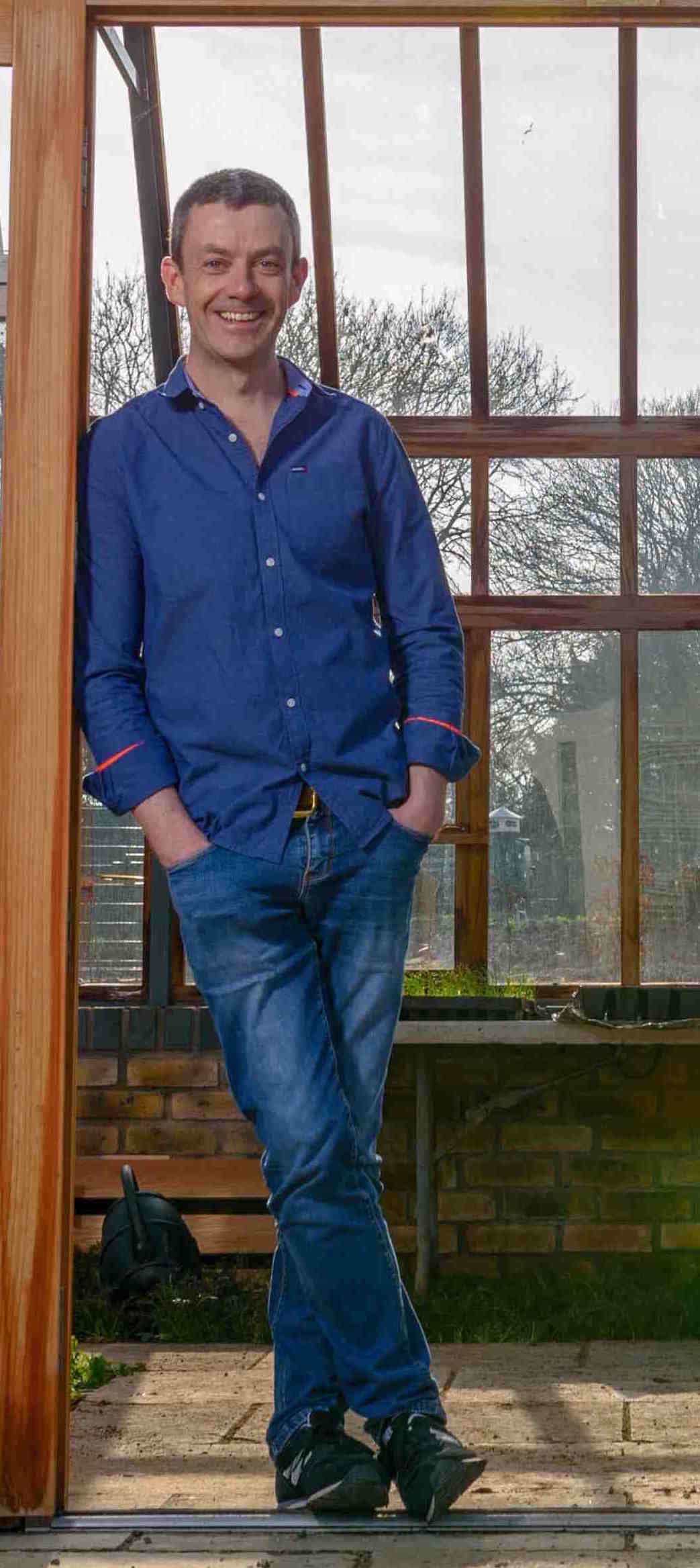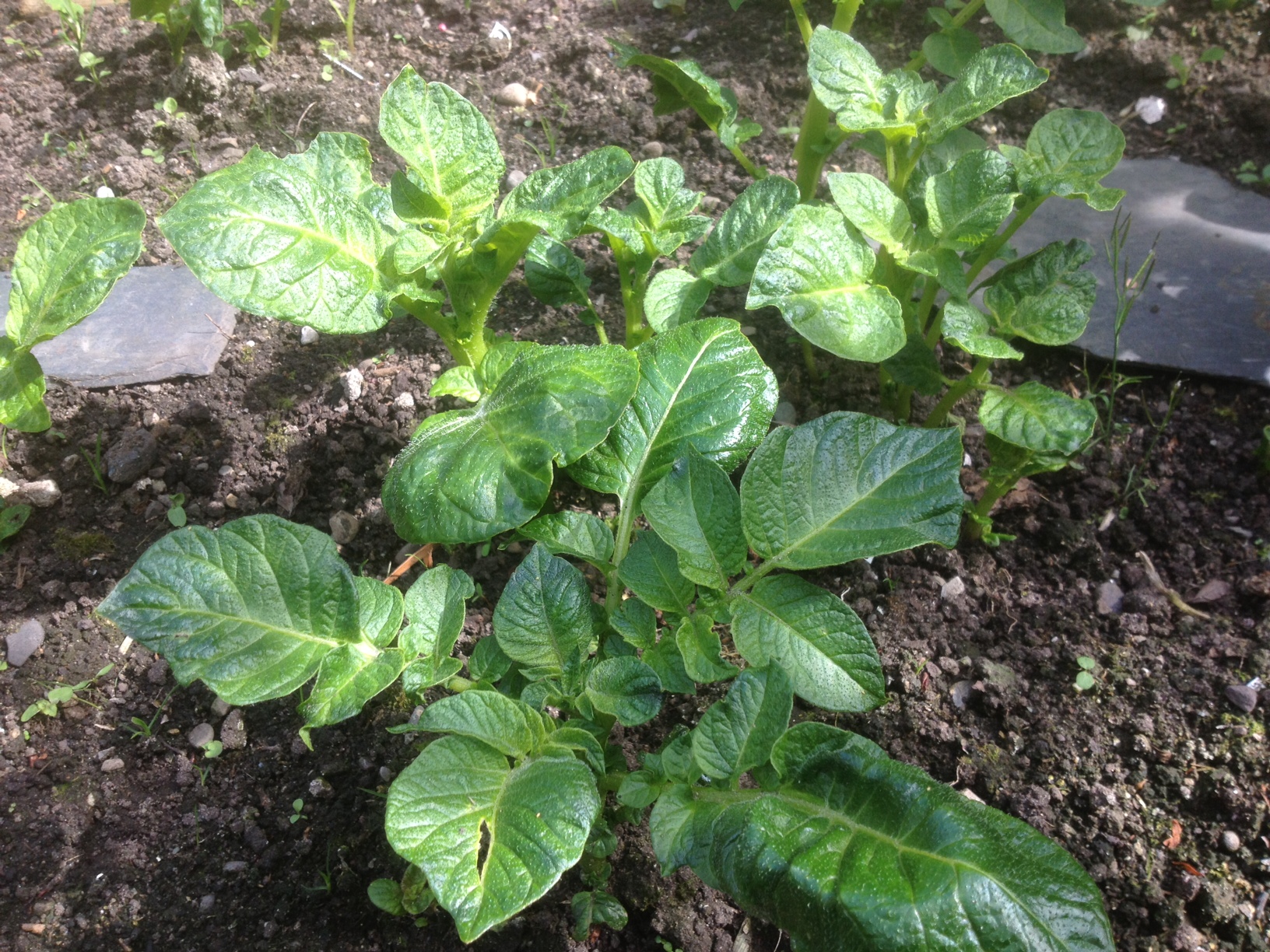Grow It Yourself
 After a recent Fianna Fáil amendment to the Oireachtas report on Climate Action was accepted by both the Government and Opposition parties without a vote, Ireland became only the second country in the world to declare a climate and biodiversity emergency.
After a recent Fianna Fáil amendment to the Oireachtas report on Climate Action was accepted by both the Government and Opposition parties without a vote, Ireland became only the second country in the world to declare a climate and biodiversity emergency.
We all need to act now and put this fire out. We need to make a change with food, energy, transport & waste. You need to #BeTheChange #ClimateChange
Meanwhile, for gardeners everywhere - along with the weeding and transplanting - the seed sowing continues at pace. It’s this sort of activity that makes May so busy. I’ve recently been out in the potting shed most evenings after dinner, sowing seeds of one type or another. It’s a very pleasant hour of course, and no great chore. I love how it clears my head.
Last evening I was accompanied by Youngest Daughter which changes the dynamic from ‘head clearing’ somewhat, as she updates me on developments in school. Seed sowing is mindful enough of an activity, that I am receptive to her chatter. Childhood is fleeting, and there might come a time in her teenage years when she won’t talk to me much at all, so I’m reminded how precious these moments are. She chats, I listen, we sow seeds together.
I have her sowing a tray of climbing French beans, which will be planted out in the big tunnel in a few weeks time (they grow quickly). They could be sowed direct, but I like to give them a head start indoors to get ahead of the slugs. We fill a large module tray with compost and she puts one seed on the surface of each module, before pushing it down with her finger.
At the same time, I am ‘pricking out’ celery and celeriac seedlings from a tray. These were sown about a month ago, the tiny seed sprinkled on the surface of a tray of compost. The seedlings, just a few centimeters tall are now transplanted in to a module tray (one per module) in fresh compost. They will be kept inside for another month or so before planting out. It’s a delicate operation, holding the seedling by the leaf and carefully teasing it out of the compost with a plant label; making a little hole in compost in the module tray, popping the seedling in and firming it gently. I’m always aiming to plant out around 30-40 celeriac which are a brilliant crop to have over the winter months, since they can stay in the soil until you need them – we have just harvested the last celeriac from the soil (planted out last June).
With the celery and celeriac finished I move on to leeks. Again, I aim to grow a large volume of them, since they stand in the soil so well over the winter, and are so useful in the kitchen. I sow two tiny black seeds in each module, around 40 modules in all. Then I sow some basil – sprinkling the seeds on the compost in a small pot. In a few weeks time, I will transplant them from there in to the module trays to grow on, before planting out in the polytunnel. Finally I also sow a couple of trays of lettuce (variety Red Salad Bowl), sowing one little seed per module.
All the new trays and pots get a watering, and we try to find some space on the planting bench for them. We head back up to the house together to rejoin the world.

We had a few nights of frost recently, which is bad news for potato plants that have emerged from the soil. Potato plants are frost sensitive and the advice is to put a fleece cover over them to protect them, but of course I didn’t follow this advice – I think the words I used were “It won’t be that bad”. There’s definitely some frost damage now on the leaves of the early potatoes which were sown in mid-March.
I am grateful that I had already earthed them up twice, so it was just a tiny bit of foliage popping out of the soil that got a little damaged. The leaves go black from frost. A severe frost can cause the leaves to become blackened and then limp, with the whole plant falling over. In most cases the potato will send up new shoots to replace these, but the whole enterprise will be set back. A potato plant should recover quickly from a light frost however. Late frosts in May are not uncommon so keep an eye on the weather forecast, and have the garden fleece at the ready.
 RECIPE: Borlotti Bean, Parsley And Bread Soup
RECIPE: Borlotti Bean, Parsley And Bread Soup
From The Kitchen Orchard by Natalia Conroy (Ebury), this one-pot veggie wonder is crammed with healthy vegetables, herbs and pulses- and it even uses up stale bread.
Ingredients:
• 6 tbsp olive oil
• 3 red onions, peeled and finely chopped
• 5 garlic cloves, peeled and finely chopped
• 3 carrots, roughly chopped
• 2 heads celery, outer branches removed, hearts roughly chopped
• 1 bunch parsley leaves, roughly chopped
• 5 tbsp tinned chopped tomatoes
• 1 bunch cavolo nero, chopped
• 500g cooked borlotti beans, cooking liquor reserved
• ¾ loaf stale white bread or ciabatta, crust removed, cut into 2.5cm thick wedges
• Plenty of good olive oil
• 600ml boiling water
• Salt and black pepper
Directions:
In a large heavy-based pot, fry the onions, garlic, carrots, celery and parsley uncovered in the olive oil for about one hour over a low heat.
When these are entirely soft, add the tomatoes and continue to cook for a further 15 minutes. Stir in the cavolo nero and set aside.
Pour half the beans with half their cooking liquid into a food processor. Pulse until smooth, then add to the vegetables. Strain the other half of the beans and add them to the soup. Lay the bread gently on top of the soup to form a sort of lid, then cover with plenty of olive oil. Pour the boiling water over the bread and leave the soup to cook very gently for 10 minutes, then leave to sit off the heat for a further 10 minutes. The bread should be completely soft.
Gently break up the bread lid and fold it into the rest of the soup. Season if need be, and serve with some more olive oil on top – the soup should be thick enough that you can stand up a spoon in it.
Michael Kelly is an author, broadcaster and founder of GIY






There are currently no comments
Leave a comment
Not a member? Register for your free membership now!
Or leave a comment by logging in with: